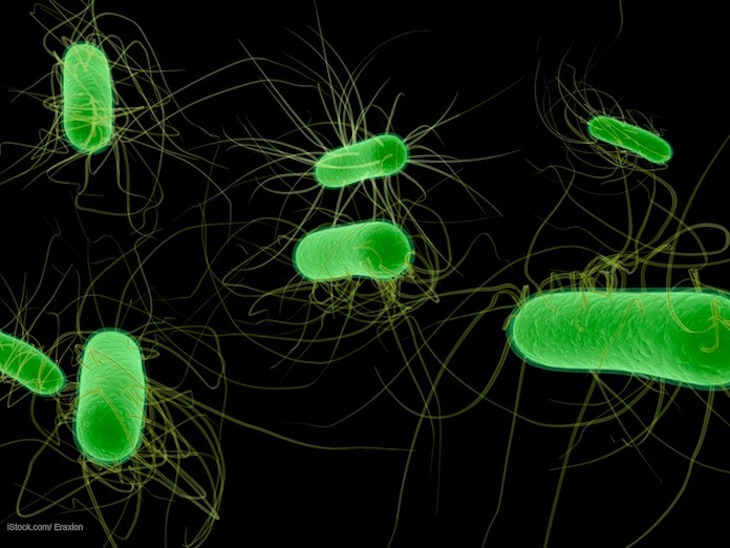A possible E. coli outbreak at San Diego State University (SDSU) in San Diego, California has sickened two students, according to the university’s Student Health Services. That agency is working with the San Diego County Health and Human Services to try to identify the cause of the illnesses. The pathogen is suspected to be Shiga toxin-producing E. coli (STEC), which produces toxins that can cause serious illness.

On September 6, 2022, the university notified their community that the two illnesses had been diagnosed. One student lives at the university and one is non-residential. The students started getting sick on August 27 and August 29, 2022.
A specific food source has not been identified in either of the cases. No faculty or staff has been sickened so far. Students can call Student Health Services with questions. The university asks that anyone who is ill contact them. It’s especially important to see a doctor if you have a fever higher than 102°F accompanied by diarrhea, blood in the stool, diarrhea that lasts more than three days, or if you can’t keep liquid down.
Symptoms of an E. coli infection, which usually begin three to five days after exposure, but can be delayed up to 10 days, include a possible mild fever, nausea, and vomiting, along with the characteristic severe and painful abdominal and stomach cramps and bloody diarrhea.
The Shiga toxins this pathogen produces can circulate in the bloodstream, where they destroy red blood cells, which can travel to the kidneys and cause serious damage. This complication, called hemolytic uremic syndrome or HUS, can be life-threatening. It is more common in young children. Symptoms of HUS include little urine output, lethargy, pale skin, easy bruising, and bleeding from the nose and mouth.
If you attend that university or are employed there, if you have been sick with the symptoms of E. coli, see your doctor. You may be part of this E. coli outbreak at San Diego State University.

If you have been diagnosed with an E.coli infection at San Diego State University, please contact our experienced attorneys for help with a possible lawsuit at 1-888-377-8900 or text us at 612-261-0856. Our firm represents clients in lawsuits.




